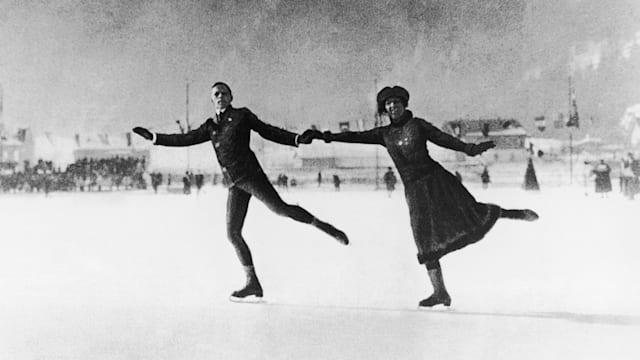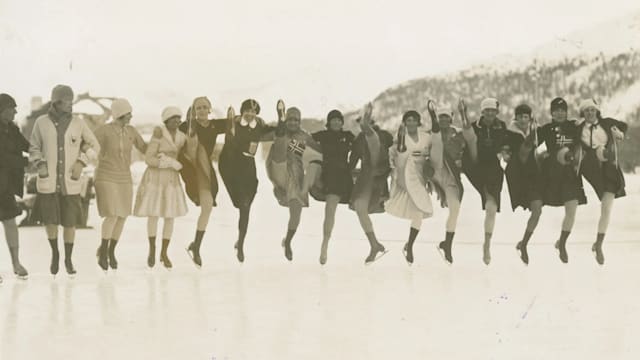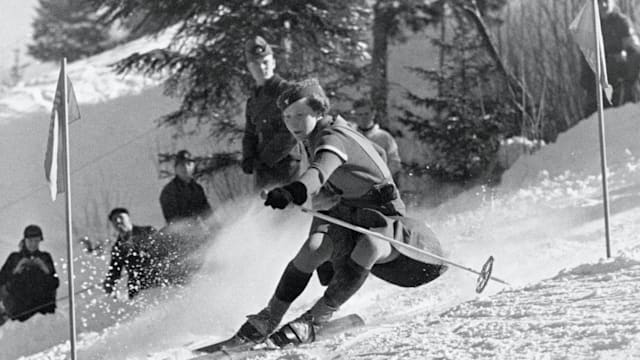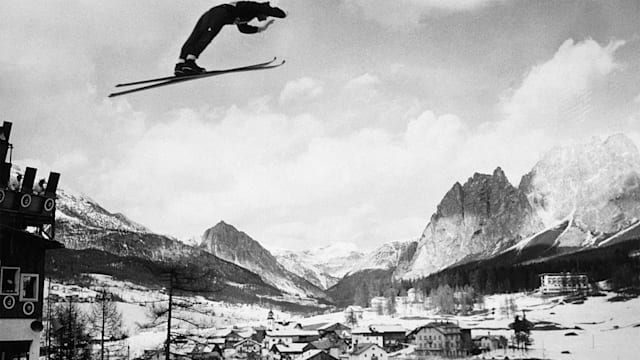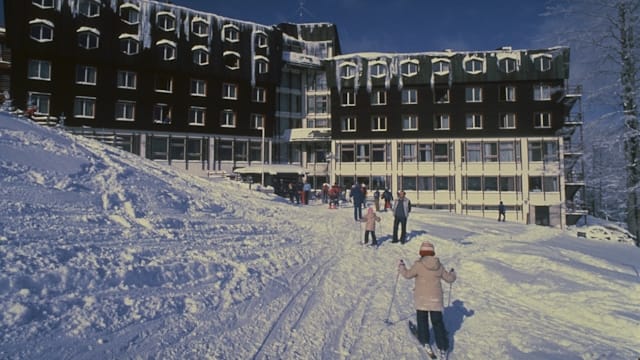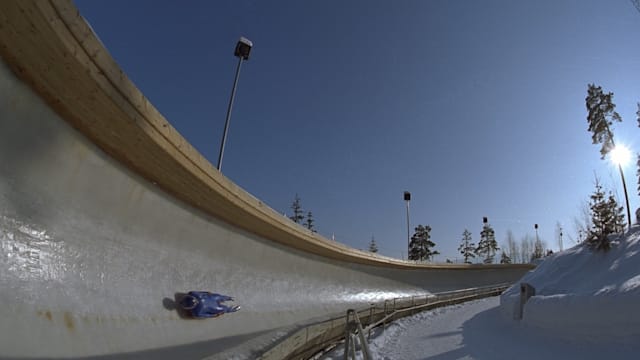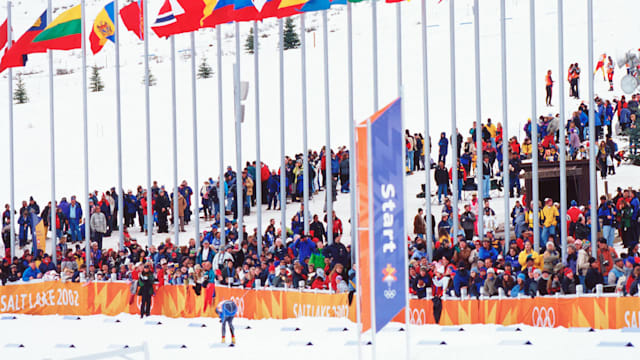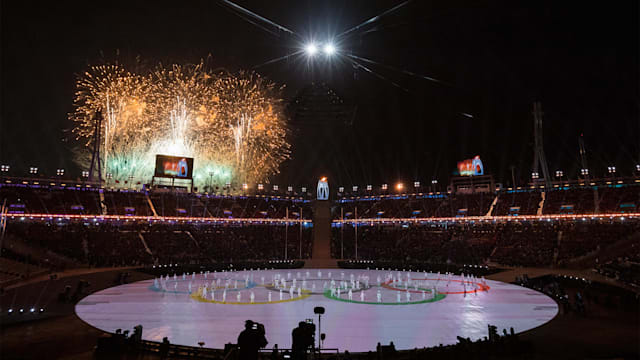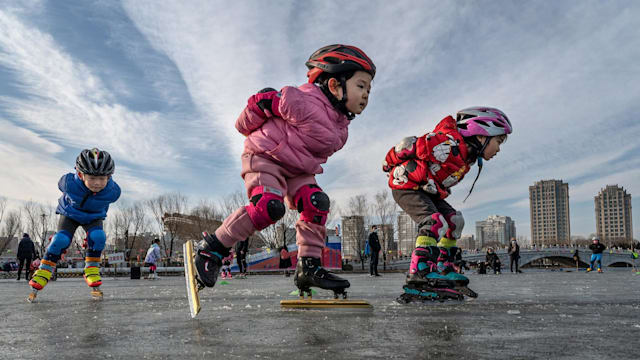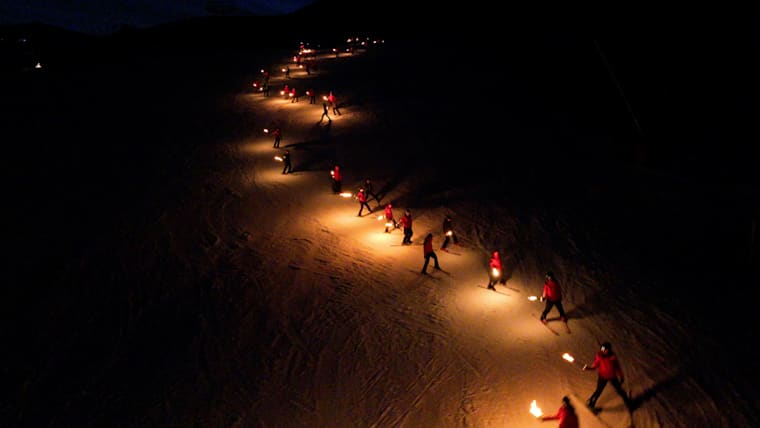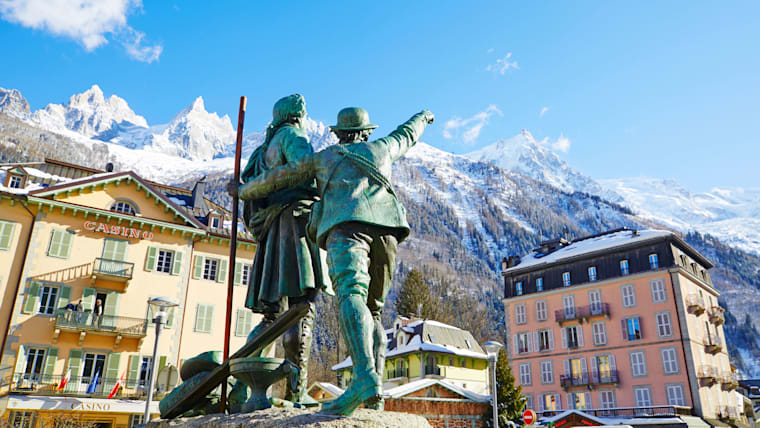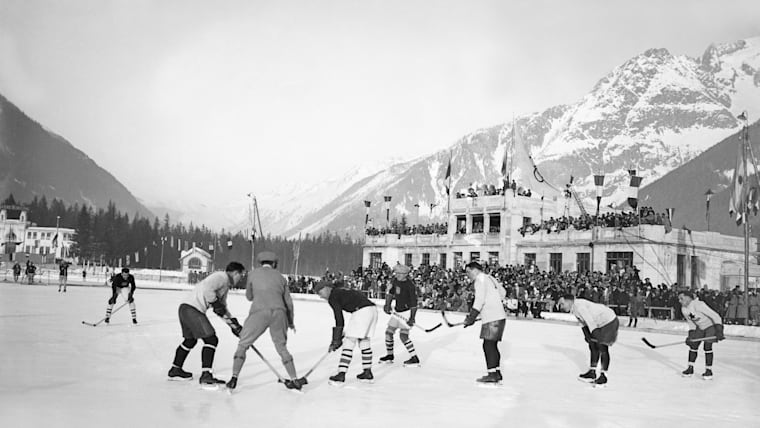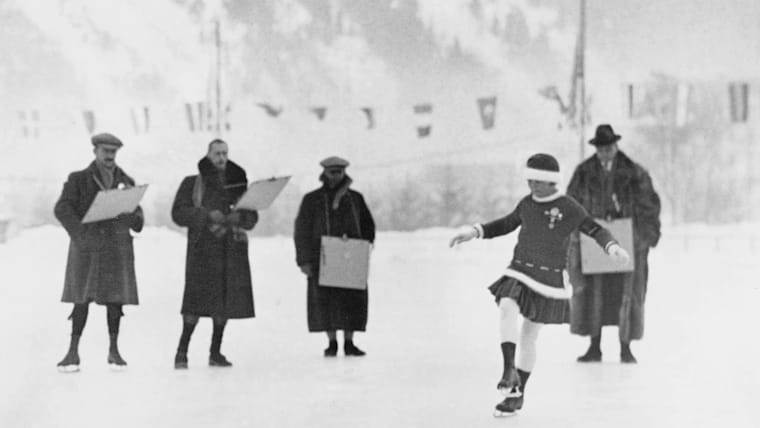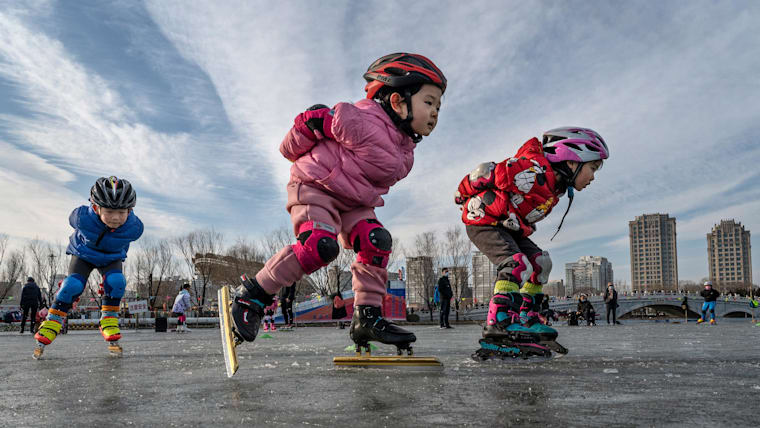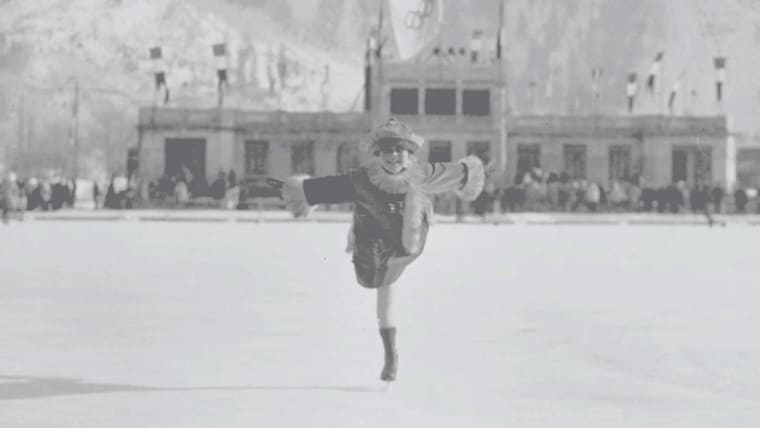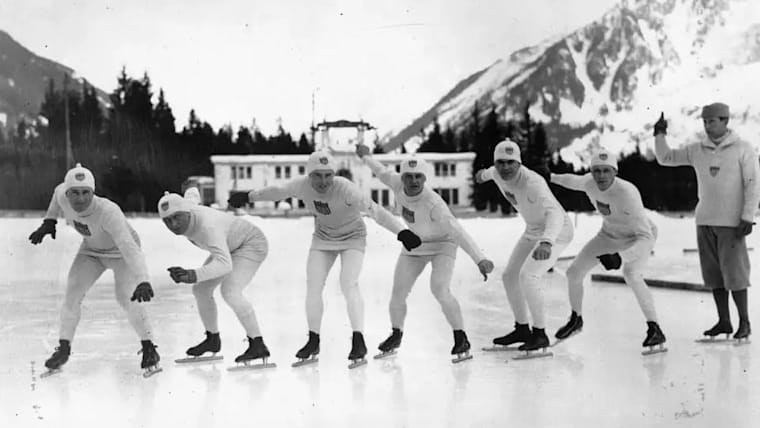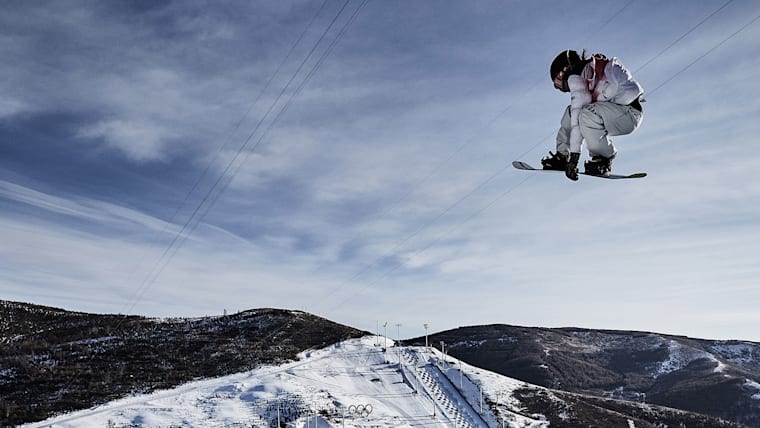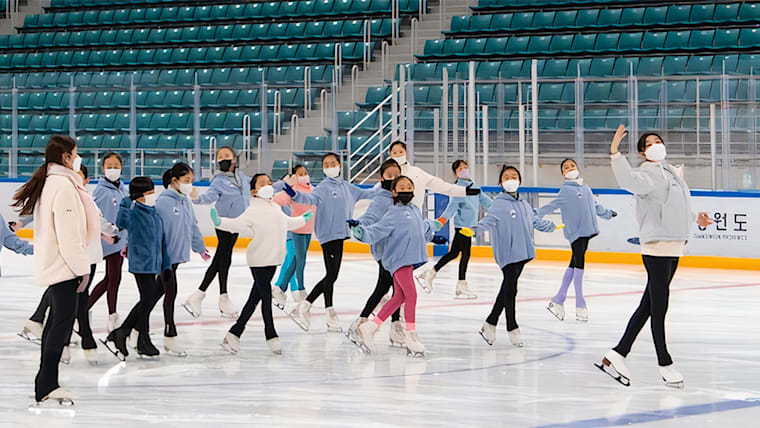The first Olympic Winter Games were held in 1924 in the French Alps. Over 10 days, the host town of Chamonix brought together athletes from 16 nations.
The event was initially an integral part of the Olympic Games Paris 1924, and was known as the “Winter Sports Week of the VIII Olympiad”. In 1926, it was retroactively recognised as first edition of the Olympic Winter Games.
The world fell in love with the spectacular beauty of the mountains and the magic of winter sport.
As we look back to Chamonix 1924, and the Olympic Winter Games editions in the 100 years since, we can trace the story of how the Olympic Games have changed the world of winter sport and created transformative legacies for their host communities.
Spotlight on the heritage of the Olympic Winter Games
Sustainability
Climate change poses a direct threat to winter sport, and to the natural environment in which it takes place. In the face of this immense challenge, the Olympic Winter Games are adapting, and are changing fast.
With the reforms of Olympic Agenda 2020 and Olympic Agenda 2020+5, the IOC has reinvented the Olympic Games and the Olympic Winter Games to adapt to the times we live in. We are working to ensure a sustainable future for the Games so that they create lasting benefits for their hosts, reduce their environmental footprint and evolve in response to a warming planet.
Today, Olympic hosts are not required to adapt to the Games; the Games must adapt to the hosts.
Hosts should aim to use only existing or temporary venues, and can also move events outside the host city, region or country, if appropriate, for sustainability reasons. Any new construction must be planned with long-term legacy in mind.
The IOC has also increased its requirements for the Olympic Games to address climate change. From 2030 onwards, Games organisers will be obliged to minimise direct and indirect Games-related carbon emissions, strive to remove more carbon from the atmosphere than the Games project emits, and use their influence to encourage stakeholders to take climate action.
The IOC itself is fully committed to the global efforts to address climate change. We are on track to reduce our emissions by 30 per cent by 2024, and by 50 per cent by 2030. In addition, we are growing an Olympic Forest, which aims to create social, economic and environmental benefits for communities in Mali and Senegal that are heavily impacted by climate change.
Key milestones in the history of the Olympic Winter Games
THE FUTURE OF THE OLYMPIC WINTER GAMES
As climate change impacts increase, the IOC is leading the way – through research, reflection and innovation – to shape the future of winter sport.
In addition to the reforms of Olympic Agenda 2020 and actions to address climate change, the IOC has introduced important criteria for future Olympic Winter Games:
- Sustainability must be part of the DNA of any hosting project
- Games organisers must commit to tackling climate change, protect biodiversity and manage resources sustainably
- Hosts should have a target of using only existing or temporary venues, and can also move events outside the host city, region or country, if appropriate, for sustainability reasons
- Proposed snow competition venues should be climate reliable.

